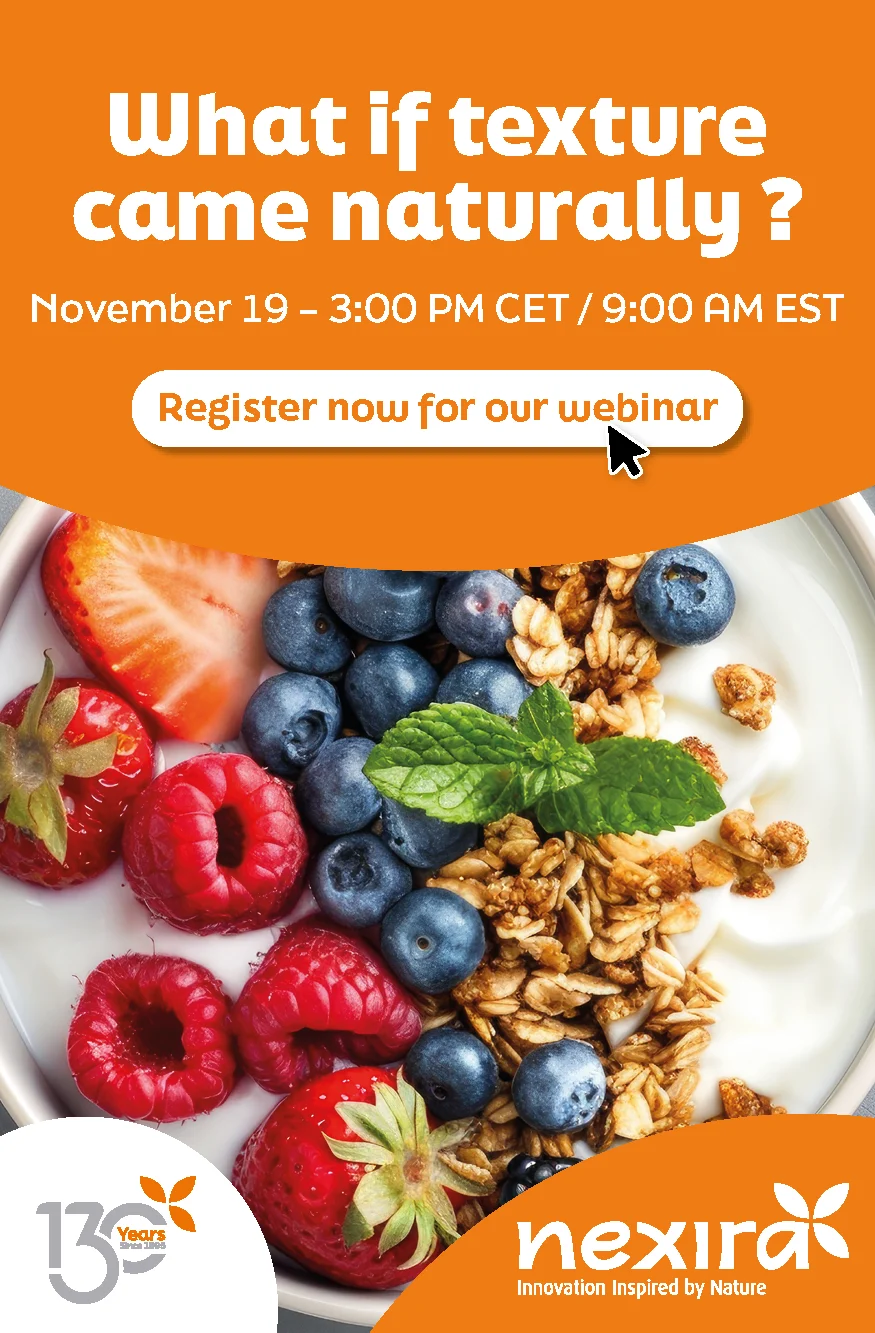Swedish egg sector reported cage-free amid decades of advocacy and market pressure
All hens in Sweden are now raised cage-free, based on statistics from regional authorities and the egg industry obtained by Project 1882, an animal advocacy organization.
In 1988, the Swedish parliament voted to ban housing laying hens in cages, with a ten-year transition period. The law was amended later to allow enriched cages, which are better than traditional cages but still impose welfare limitations, in addition to aviaries and barn systems.
Even though Sweden has made consistent progress toward adopting cage-free systems since then, research and reports indicate that hens were still kept in traditional cages in some places until recently.
“Since the 1980s, more than 85 companies — from retail to foodservice — have taken a stand against cage eggs following our discussions. These corporate commitments have played a crucial role in eliminating cages from Swedish egg production. This progress is also possible for other regions, even though we would have preferred a legal ban already in the 80s,” Benny Andersson, CEO of Project 1882, tells Food Ingredients First.
“Sweden’s shift shows that a cage-free industry is possible even without legislation, setting a powerful example for the rest of Europe. It demonstrates that NGO animal welfare advocacy drives real change. It also proves that retailers, restaurants, and food companies can make a difference for the animals, even when politics fails.”

He says the development should be a wake-up call for politicians who “continue to ignore” public opinion.
Martin & Servera, one of Sweden’s largest wholesalers and suppliers, believe evolving demands from retailers and foodservice players drove the transition.
“Consumer behavior has changed in line with increased awareness of animal welfare, which has driven the development toward cage-free production. Our customers have appreciated our clear position on this issue, and there has been strong support for continuing to develop a sustainable and ethical product range,” the company tells us.
Cage-free commercial viability
Cage-free eggs are generally more expensive because raising hens in such a system requires more land, labor, and veterinary care. However, commercial viability has been possible with an industry-wide position on animal welfare, and competitive pricing has followed.
“As early as 2004, the industry phased out non-enriched cages, and for many years now, we have only sold eggs from cage-free hens. This transition was made possible thanks to strong industry cooperation, where wholesalers and producers shared a common view on animal welfare,” says Martin & Servera.
“Since the entire industry transitioned to cage-free production, it has been possible to maintain stable price levels. The market has adapted and streamlined production methods for cage-free eggs, which has ensured that costs have remained competitive.”
Moreover, Martin & Servera note that Sweden’s high self-sufficiency rate in egg production — approximately 97.5% — is another contributor to stable pricing and market conditions.
“Other factors, such as inflation and general cost increases in the economy, have had a greater impact on prices than the transition to cage-free eggs itself.”
.jpg) Project 1882 is now urging companies to adopt the European Chicken Commitment as a new minimum standard.Meanwhile, Svenska Ägg, the Swedish egg industry trade association, believes that the last few caged-egg producers’ equipment wore out, and switching to cage-free production seemed more feasible than investing in new apparatus.
Project 1882 is now urging companies to adopt the European Chicken Commitment as a new minimum standard.Meanwhile, Svenska Ägg, the Swedish egg industry trade association, believes that the last few caged-egg producers’ equipment wore out, and switching to cage-free production seemed more feasible than investing in new apparatus.
The association notes the switch happened without financial support or advice from the government.
“Big producer groups decided themselves long ago, responding to the national debate about animal welfare. Of course, some were against the change and stayed with cages, but now their cages were worn out,” says Marie Lönneskog Hogstadius, business manager, Svenska Ägg.
Project 1882 argues that that is one way of seeing it.
“Producers would have changed to new cages if there still was a demand for eggs from cages. We have seen that no new farms have been built with cages since 2010 because it has not been economically justifiable since then in Sweden because of all the cage-free policies from corporations,” says the organization.
EU animal welfare legislation
In 2021, the European Commission said it would table a legislative proposal by the end of 2023 to phase out and eventually prohibit the use of cages for hens and many other animals.
It committed to this in response to the End the Cage Age campaign, under which 1.4 million EU citizens demanded the elimination of cages in animal farming.
The EC did not meet its original commitment to a detailed proposal to modernize animal welfare legislation but issued a new call for evidence last week. As momentum picks up toward revising the legislation, Andersson believes the market and the public are ready, and that cage-free production can be achieved immediately.
“The example of Sweden shows that cage-free production can be achieved immediately and shifts the discussion to focus on when cages will be gone, not if. There is no need for a long transition period to phase out cages. The public and the market are ready,” says Andersson.
Long-term approach
Beyond eggs, the cage-free transition model might work for other sectors of the food industry as consumers become increasingly conscious of the planetary impact of their food choices.
“F&B companies have a big responsibility toward the animals that are kept on factory farms. Cage-free commitments are one step in the right direction, but more is needed. Project 1882 is now focusing heavily on ‘Frankenchickens,’ urging companies to adopt the European Chicken Commitment as a new minimum standard,” shares Andersson.
The Humane League defines Frankenchickens as “a type of chicken raised for meat that has been selectively bred to grow 400% faster than is natural for their bodies.” The group says such products are rife in the UK retail sector.
For companies serious about improving animal welfare standards, Project 1882 encourages them to reduce their purchases of chicken meat in favor of plant-based alternatives.
Martin & Servera draws on its experience and reiterates the importance of a joint position for a long-term solution.
“Clear regulations and cooperation between producers, wholesalers, and retailers are crucial for creating sustainable change. It is also important to listen to consumer preferences and to communicate the benefits of the transition, both from an animal welfare and sustainability perspective.”













